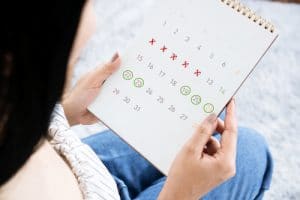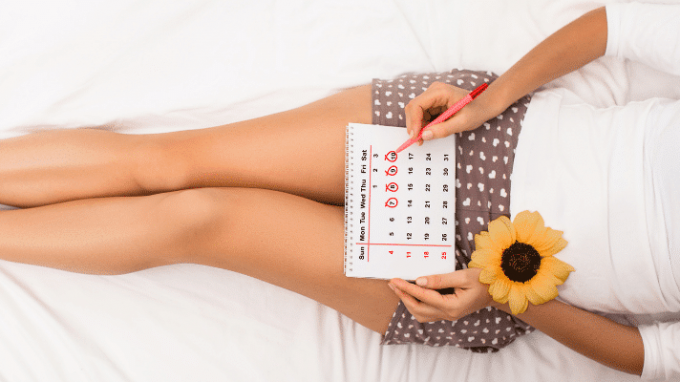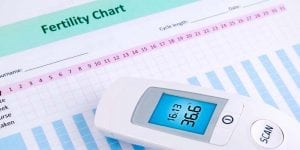Ovulation is the most important part of the reproductive process. The following information will explain when it occurs, how long it lasts and when the most fertile time is.
What Is Ovulation?
Ovulation is the release of an egg from the woman’s ovaries. A healthy woman with no medical issues ovulates once per month.
When Does It Occur?
A woman with a regular 28-day menstrual cycle will go through the ovulatory process once within that period. Ovulation usually occurs mid-cycle, which is day 14 of a 28-day cycle. Day one is the first day the woman has a menstrual flow.
Not all women have regular menstrual cycles, however. Some can have shorter cycles of 24 days and some can have cycles that last as long as 35 days. Additionally, some women may experience irregular and unpredictable cycles for a variety of reasons. Such women will most likely have to use alternative processes to determine when they will ovulate.
How Long Does Ovulation Last?
Once the egg releases from the ovary, it can survive for up to 48 hours. It’s more likely that the egg will only live for up to 24 hours, though. Therefore, it’s safe to believe that the process lasts only 24 hours. In terms of fertility, a woman has about six days when it’s possible for her to become pregnant from intercourse. This period begins approximately four days before ovulation and ends the day after ovulation. The likelihood of conception decreases after the egg releases. The reason fertility lasts so many days is that the male’s sperm can last up to five days. They are more likely to last for only three days. However, there have been situations when they’ve survived much longer.
It’s crucial that someone trying to conceive keeps track of when the egg will release. Conception requires efforts to have intercourse at the right time of the month.
How to Tell When You’re Ovulating

Women with irregular periods can use test kits to pinpoint their ovulatory date. Test kits use reactive chemicals to measure the amount of luteinizing hormone in the urine. The tests are generally easy to use, as they only require the user to dip a test stick into a urine stream for approximately five seconds. Usually, the woman will release an egg within 36 hours of seeing a blue test line that is darker than the control line.
Women who have irregular periods should start testing at least once a day once their period ends. That way, they won’t risk missing their special day. Tests can be purchased from the local pharmacy in packs of 20. Alternatively, tests are available online in bigger packs.
When to Have Intercourse for Conception
The very best time to have intercourse for conception is before the egg releases. The sperm have quite a journey to go through before they make it to the egg. Ideally, the couple would want to have intercourse two days before the egg erupts so that the sperm is at the site when the egg releases.
It’s acceptable to have intercourse farther out, such as three days before ovulation. It’s also acceptable to do it closer to the time of ovulation. Once the egg releases, the chances for pregnancy decrease because of the egg’s short lifespan.
How to Increase the Chance of Conception
The most important part of the process is to make love at the right time. Additionally, the couple should relax and enjoy themselves so that the conception process doesn’t seem like a job. Fertility-friendly lubricants can assist with making the vaginal environment moister and more inviting to the seed. Relaxing music and candles can help with the mood. However, ovulation is the key factor involved.
The information mentioned above should help you on your journey to have a child. Use the methods that are most beneficial and useful to you and your partner.




